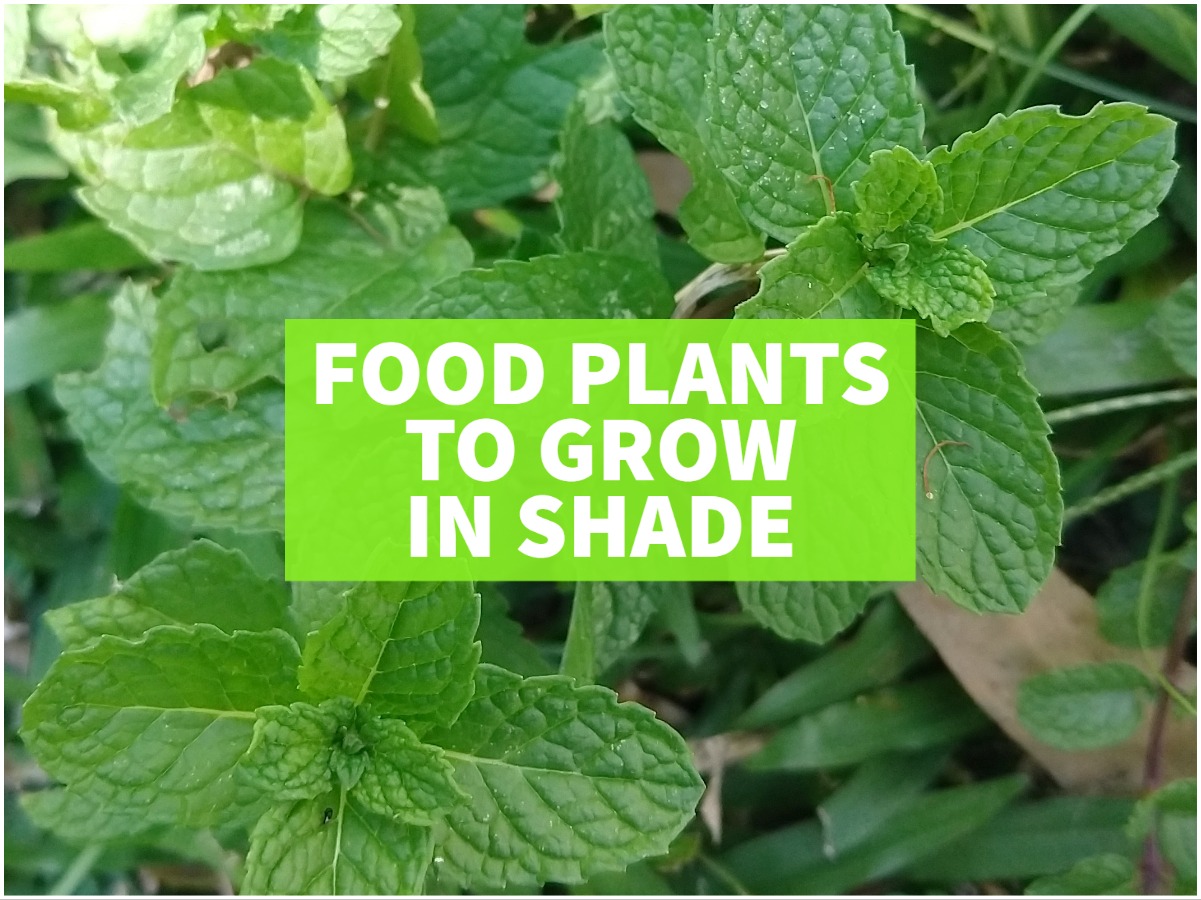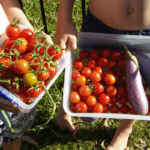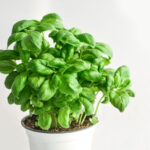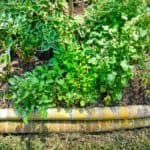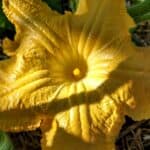This post may contain affiliate links.
Full, deep shade isn’t the best choice, partial or dappled shade is more what we need for these shade-tolerant food plants.
Shade can be very useful in summer to stop plants such as rocket and lettuces from bolting and going to seed.
Shade can also reduce the rate of a plant’s growth in some instances. It can force the plant to produce bigger leaves in its attempt to catch more light.

In winter, plants like kale and lettuce will probably enjoy more sun, in summer, plant them in a more shady spot.
Food Plants For Shade, List
- Sweet potato
- Ginger
- Turmeric
- Kale
- Lettuce
- Rainbow Chard
- Parsley
- Mint
- Chives
- Strawberry Guava
- Tamarillo
- Radish
- Blueberry
- Celery
- Mushrooms (mushrooms are fungi not plants, so they get honourary mention here)
- Nasturtiums
- Alpine strawberries (if you are at some altitude in the tropics, ie cooler)
- Monstera – it has edible fruit.
Fruit You Can Grow in the Shade
Tamarillo or tree tomato is a shade-tolerant fruit that can handle being in some shade in a food forest or gild set up.
Tamarillos are shallow-rooted and also appreciate some wind protection from other plants. Ours toppled over and died last wet season, unfortunately. The muddy soil plus the weight of the fruit made it fall.
Blueberries love acid soil and can be grown under a canopy plant. Do check the particular variety’s needs as there are several types.
Herbs You Can Grow in The Shade
The true tropical herbs will like at least 6 hours of sunshine daily, if not full tropical sun, but some herbs can grow in the shade in a warm climate.
Parsley won’t object to some shade, both curly and flat-leaf types.
Mint tolerates shade too, but watch out as this one can be invasive. Lemon balm is very similar to mint and another herb that will tolerate shade.
Thyme enjoys a bit of shade, but so far we haven’t managed to grow thyme.
Coriander, cilantro, enjoys some shade and keeping them in the shade will stop cilantro plants bolting so fast.
Golden oregano likes less sun than regular oregano.
Chives generally need full sun, but in the tropics full sun is a lot of sun. In summer especially, they cope with some shade well. Less sun may mean less vigorous growth.
Tarragon enjoys afternoon shade, but tarragon is another herb we struggle to grow.
Borage can take some shade in a tropical climate, as can bergamot.
Monstera and Shade
We have wild monstera varieties growing in a wooded area up trees in fairly deep shade. However, my indoor monstera just will not grow in a shady spot.
Putting the potted monstera in the window where it receives good sun for at least part of the day has resulted in a much happier house plant.
A shaded monstera will become leggy and reach for the light. A monster in good light is a more compact, bushy houseplant.
You make your call on where you put your monstera plants.
Monstera does have an edible fruit but we’re yet to see one. Friends tell me it tastes like pineapple.
Growing food plants in the tropics you’ll soon realise that tropical sun, is a lot of sun. Many plants will be happy, or even happier, with some sun or afternoon sun shade, as too much sun can kill even the hardiest of vegetables. We even have citrus trees in partial shade and they’re doing fine. A lot depends on time of year. Scorching sun and dry conditions can make it advisable to shade any plant at that time of year, winter sun is easier to take for a lot of plants.
